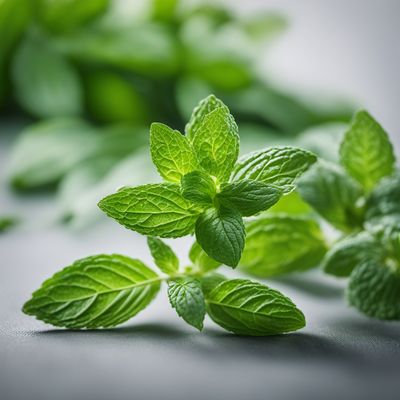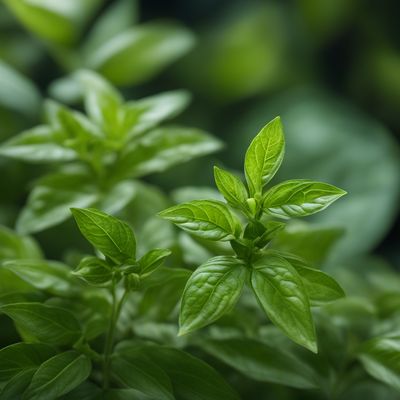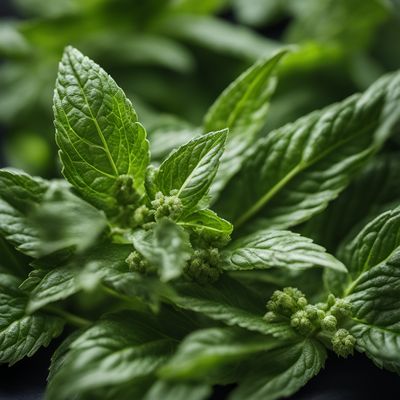
Ingredient
Lemon balm
The Zesty Herb: Lemon Balm
Lemon balm is characterized by its vibrant green leaves, delicate aroma, and citrusy taste. It has a mild lemon flavor with hints of mint and a subtle sweetness. The leaves are oval-shaped and have a slightly wrinkled texture. Lemon balm is often used as a garnish, infused in teas, or incorporated into various recipes to add a zesty twist.
Origins and history
Lemon balm has a long history dating back to ancient Greece and Rome, where it was revered for its medicinal properties. It was believed to have calming effects on the mind and body, hence its association with relaxation and stress relief. Lemon balm was later introduced to Europe and North America, where it gained popularity as a culinary herb.
Nutritional information
Lemon balm is a good source of antioxidants, vitamins, and minerals. It is also known for its calming properties and is often used in herbal remedies or teas to promote relaxation and improve sleep quality.
Allergens
Some individuals may be allergic to lemon balm, particularly those who are sensitive to other herbs in the mint family. It is advisable to consult a healthcare professional if you suspect an allergy.
How to select
When selecting lemon balm, look for fresh leaves that are vibrant green in color. Avoid leaves that are wilted, yellowed, or have brown spots. The leaves should have a strong lemon aroma when crushed.
Storage recommendations
To maintain the freshness of lemon balm, store it in the refrigerator. Wrap the leaves in a damp paper towel and place them in a plastic bag or airtight container. Lemon balm can also be dried or frozen for long-term storage.
How to produce
Lemon balm can be easily grown in home gardens or containers. It thrives in well-drained soil and requires ample sunlight. Regular pruning will help promote bushier growth and ensure a continuous supply of fresh leaves.
Preparation tips
Lemon balm can be used in a variety of dishes and beverages. It pairs well with fish, poultry, and vegetables, adding a bright and citrusy flavor. It can also be infused in teas, lemonades, cocktails, or used as a garnish for desserts and salads.
Substitutions
Mint leaves or lemon zest can be used as substitutes for lemon balm in recipes that require a similar citrusy flavor. However, keep in mind that the intensity of the flavor may vary.
Culinary uses
Lemon balm is commonly used in herbal teas, fruit salads, sorbets, and desserts such as cakes, cookies, and ice creams. It can also be used to flavor vinegars, syrups, or infused oils for a zesty twist.
Availability
Lemon balm is widely available in Europe, North America, and parts of Asia. It can be found in supermarkets, health food stores, or grown in home gardens.
More ingredients from this category » Browse all

Vietnamese mint
The Zesty Herb

Lizard tail
The Enigmatic Delicacy: Lizard Tail

Mints
The Refreshing Herb

Holy basil
The Sacred Herb: Holy Basil

Lesser calamint
The Mediterranean Herb Wonder

Thai basil
The Fragrant Herb: Thai Basil

Chinese mesona
The Cooling Elixir

Hoary basil
The Aromatic Herb: Hoary Basil

Lemon basil
The Zesty Herb: Unveiling the Delights of Lemon Basil

Asiatic pennywort
The Healing Herb: Unveiling the Wonders of Asiatic Pennywort

Rice paddy herb
The Fragrant Gem

Greek bush basil
The Fragrant Herb of the Mediterranean: Greek Bush Basil